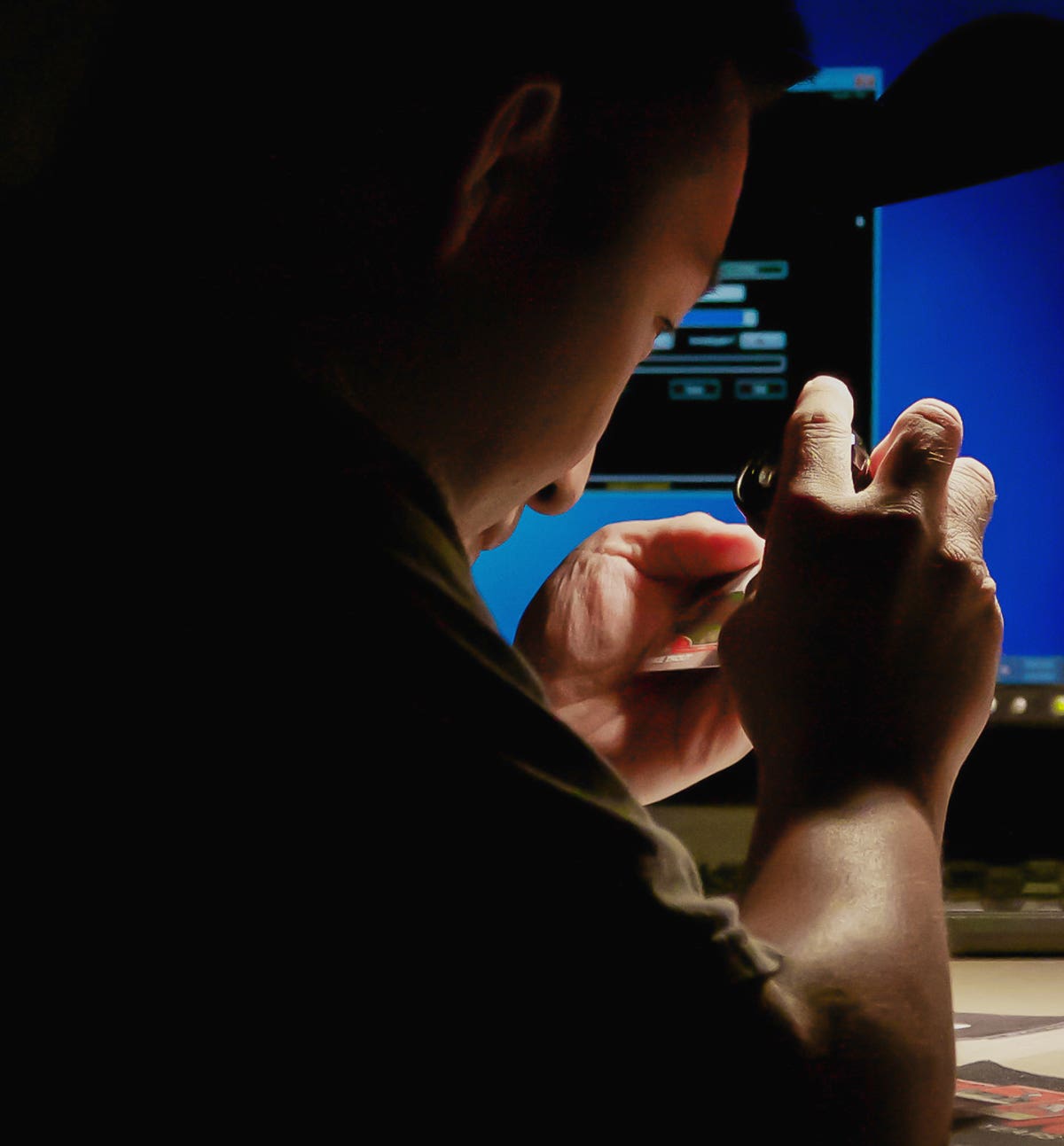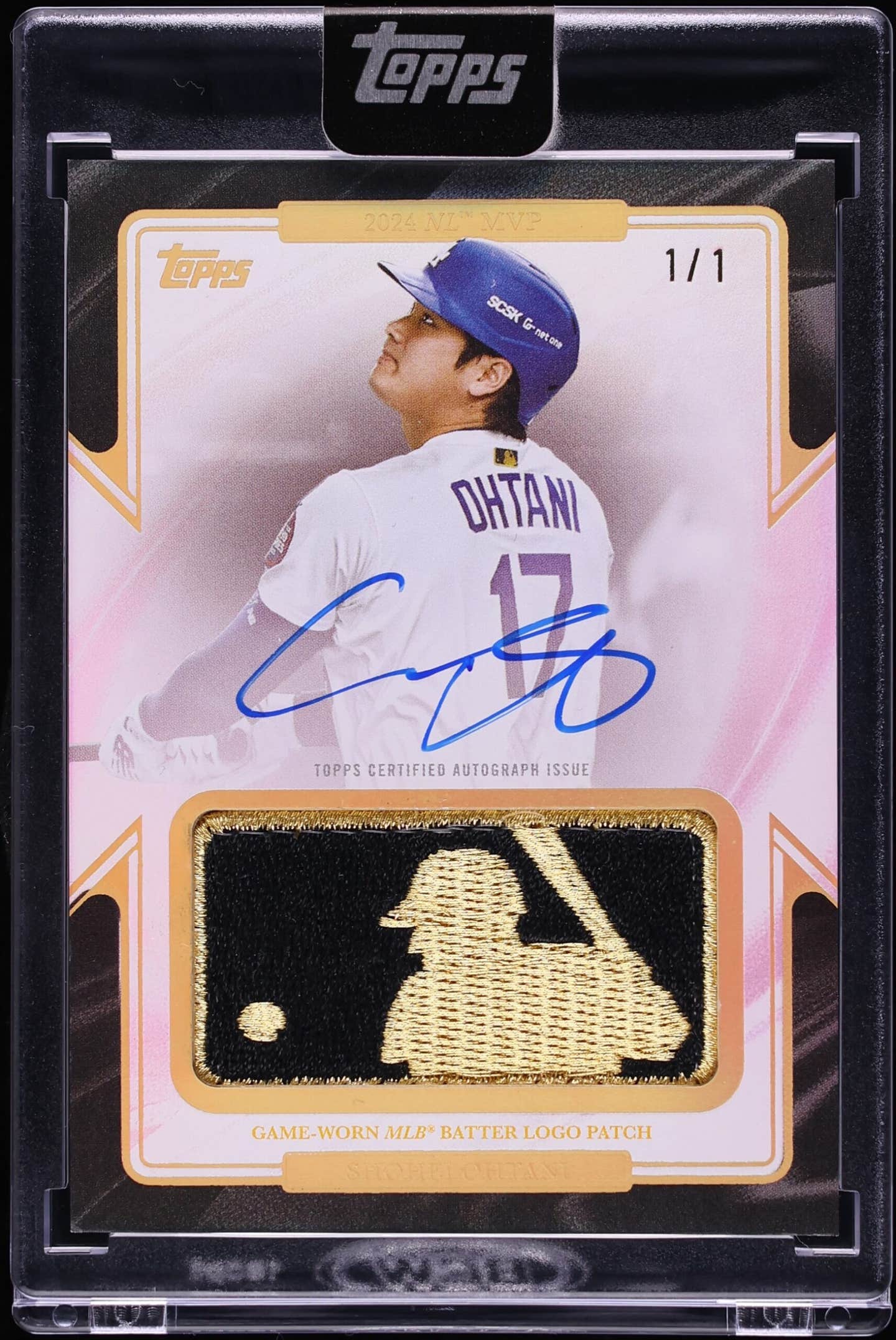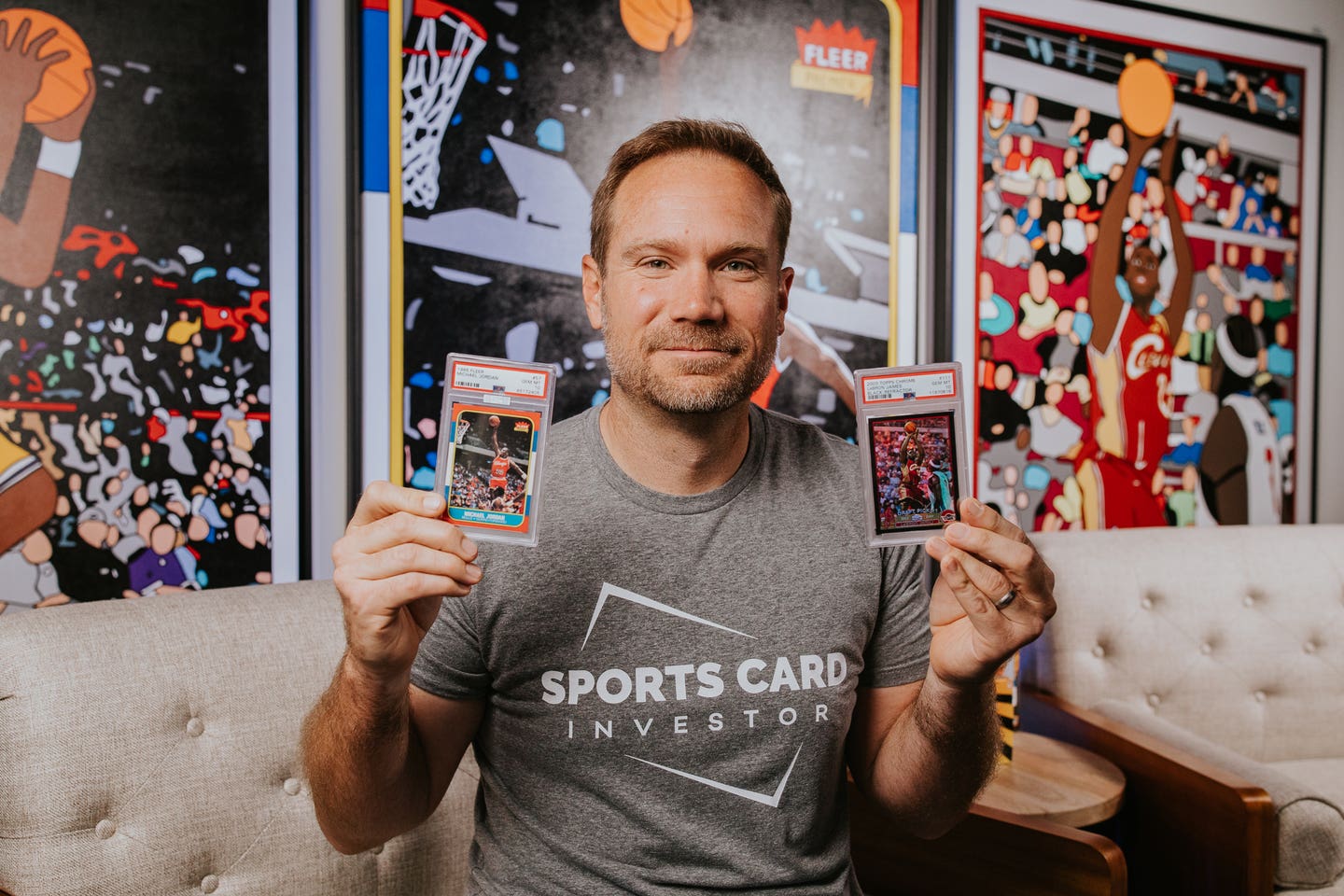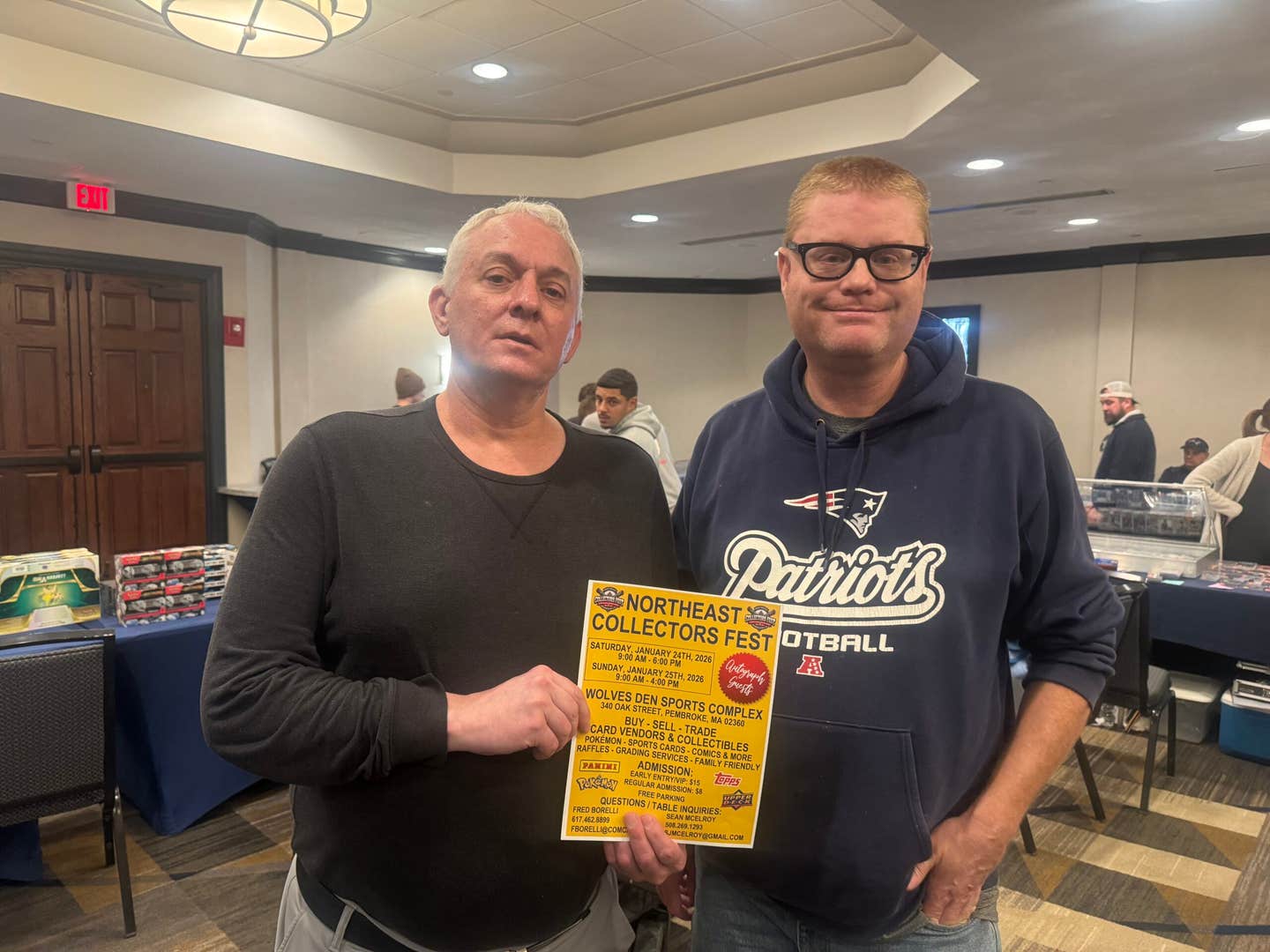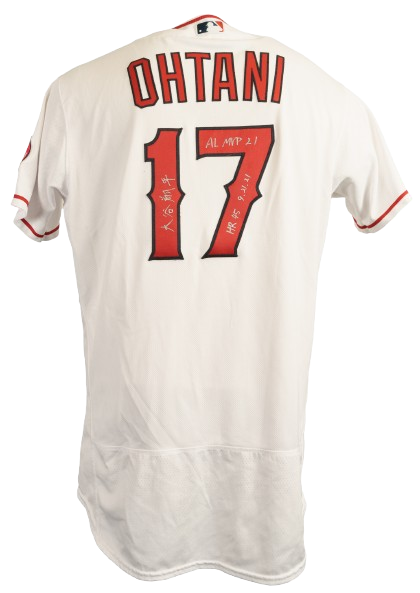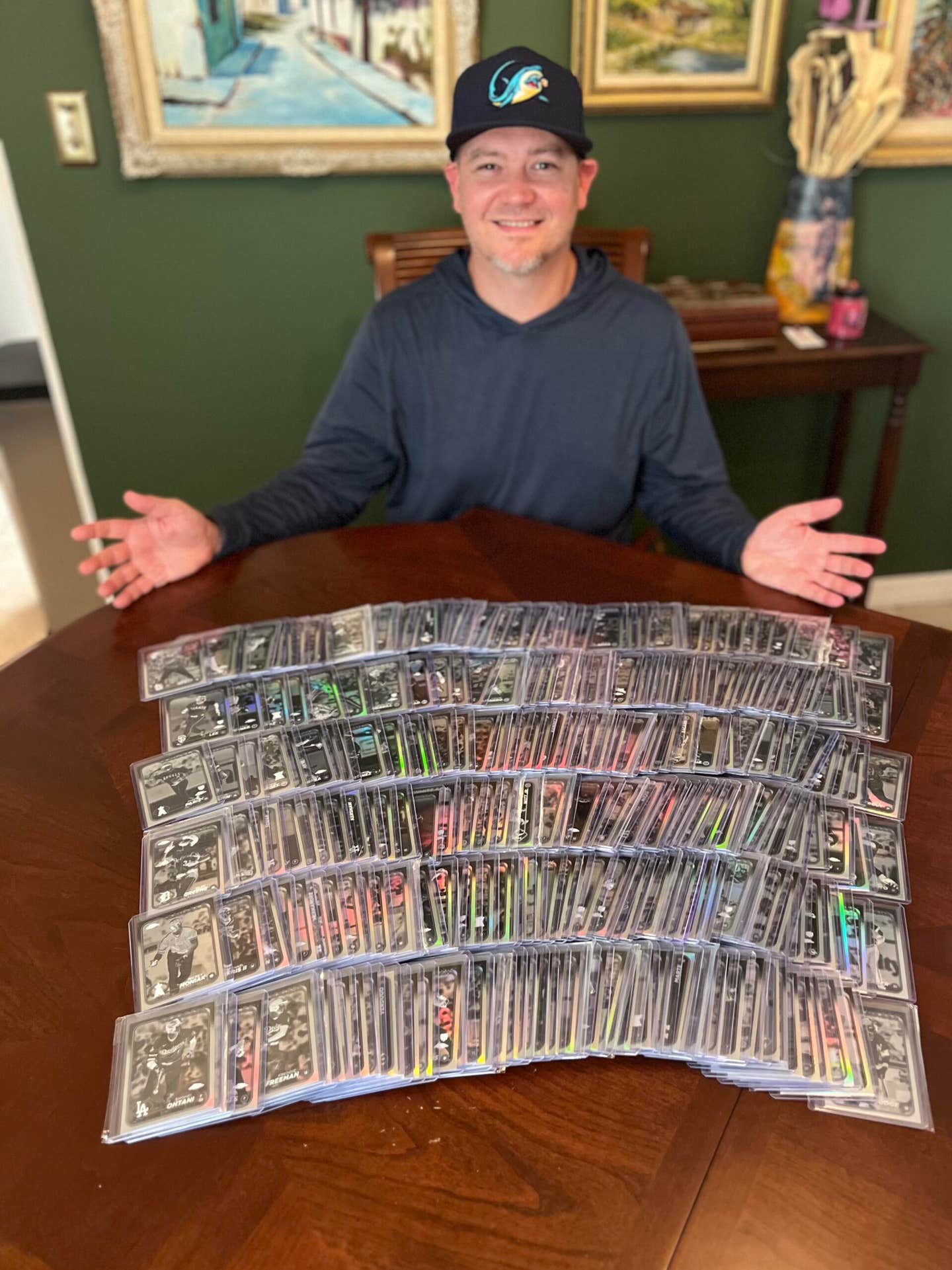Collecting 101
A ‘hole’ in the hobby of store-issued gloves
Two great areas of cloudy sports memorabilia undoubtedly lie in those regions of personal autographs and game-used equipment.
Though there are certainly "gray" possibilities existing in other segments such as cards, photos, documents and the like, these two segments are shorn with thistles and thorns.
Because of the ease and ability of master forgers and the proliferation of bogus signatures revealed by such FBI stings like "Operation Bullpen" and other national exposures, pricey autographs should receive due diligence. This means that a close inspection and professional scrutiny is warranted before buying.
The game-used equipment field presents another type of challenge and qualified expert assistance because it becomes very difficult to precisely pin down exact game-used bats, uniforms and gloves. These two collectibles tend to lend themselves to large diluted segments of misjudged and ill-defined merchandise.
Just recently the Glove Collector uncovered another "hole" in the apparent "safe" hobby of store-issued gloves when forged store model gloves were discovered being pipelined into one unsuspecting and trusting glove collector.
The culprit was exposed, but, unfortunately, the buyer was soured on the market and sold the balance of his glove collection. Who can blame him?
That's why when a Babe Ruth glove recently showed up on eBay, it appeared to have two large-caliber incursions. It may have had a fake Ruth personal autograph, and, in addition, the stamped facsimile Ruth signature on the glove also appeared from the eBay photos to have been pressed on after the glove was made, which would have made it non-original.
If indeed the glove and signature turned out to be fake and the present owner believes so, someone went to a lot of trouble to prepare this glove for sale.
The problem on the facsimile name stamping was that this bore a "George 'Babe' Ruth" signature not found on any known Ruth's stamped gloves. Instead it is a signature more commonly found on Hillerich & Bradsby bats, instead of the simpler "Babe" Ruth, which was used on the many Spalding and Reach gloves from a much earlier time.
Also this glove was of a later time period than the Ruth gloves of Reach, Spalding and Draper Maynards. It was a single-laced finger glove indicative by the earliest of 1947-48 periods when only Rawlings had begun lacing the fingers of its top-line Mort Cooper model.
No other major glove maker catalogs up until 1949-59 show any other models being finger-laced, which leads us to believe this is a 1950s glove.
When this problem was pointed out to the seller, he "turned the quotes around" and re-listed his previously halted auctioned glove by saying the glove had been identified by a glove expert as being from 1948.
He then misquoted the opinion from its entirety, taking the information out of context that was, essentially, helpfully sent to him and his depiction. The problem is Ruth died in 1948, making it extremely remote that he could have signed a glove of this type.
The eBay seller had become angry at problems being pointed out and issued two mild threats to the person offering the advice. Another glove collector, who had voiced concern to the seller, was blocked from even bidding on the glove.
The eventual winner of the glove seemed relatively satisfied with it until he received our Sports Collectors Digest article dealing with falsified facsimile stamping.
Then, when he tried to check out the Ruth signature autograph, he could not find any up-do-date information on the company that had originally authenticated the glove. The certificate he received for the signature on the glove led down a path to a phone number and address no longer listed in New York. He then tried to follow up on that firm's claim to be a member of the "Universal Autograph Collectors Club-Dealer."
He e-mailed Larry Meredith, the western director of the UAC, and got this reply:
"Thank you for your inquiry. You didn't say whether or not you suspect your Ruth signature is bogus, but your e-mail implies you think it may be. I hope the signature on your glove is authentic. The fact, however, that Prize Possessions' phone number and website are no longer active is certainly not a good sign. But it may mean nothing more sinister than that the company has moved or gone out of business. (I turned off my company phone and website last year when I retired and closed my business).
"Since you used the term 'Universal Autograph Collectors Club-Dealer' in your inquiry, let me first define the two categories of UACC members. UACC members are either: (1) General Members; or (2) Registered Dealers. General Members may be collectors, or they may be dealers who are not in the club's Registered Dealer program, and have not been vetted by the UACC. Registered Dealers are a group of 200- plus dealers within the UACC who have gone through extensive screening and background checks.
"Let me also say that the UACC does not issue certificates of authenticity. COAs are issued, and backed, by individual dealers (either General Member dealers or Registered Dealers)."
Further discouraged, the new owner of this glove, which according to the certificate, was supposed to have been signed in the presence of one of the Prize Possessions' staff member's father at Ebbetts Field, was coming up empty on all gauges.
Several glove collectors remembered that this Prize Possessions glove had emerged years ago and it gained some discussion around the hobby. It had now resurfaced again and had perhaps had already made the rounds of the collectibles community a few times. When we questioned an autograph authenticator (who wishes to be remain anonymous) about Prize Possessions, he reported that he'd never seen anything good from the company.
The glove was not listed on eBay as a personally-autographed item, hence eliminating the eBay option of online authentication. It was listed as a store model Ruth glove, but even that was brought into question. The eBay seller pulled the glove at first when questions emerged, but then quickly re-listed it using the out-of-context opinion for the dating of the glove. It sold for $455. The current owner has been cooperating with the Glove Collector, but feels very disappointed with the results of his purchase.
"I'd hoped that it would be worth at least what the seller was claiming," he laments. "But evidently there's less to go on."
He, at least, has taken the action that was available to the eBay seller who claimed to the Glove Collector, that he was "a professional," a seller who did have a 100 percent positive feedback.
Which brings us to the problems of the "revolving door" items that show up in autographs and game-used gear.
"I've suggested when I've seen baseballs with bad signatures that the owners just put them to use in the Little League for baseball practice," said sports autograph authenticator James Spence. "Just the other day when I turned down a signed item, the owner told me that he would take the item off the market. I appreciate that even though it means the fellow has lost a lot of money.
"And, you know, by suggesting that the owners get rid of the suspected item, this subtly hurts our business because we earn a fee each time we examine the article," he continued.
Dealer Jim Stinson agrees: "Most honorable and ethical collectors/dealers just throw it in the junk bin."
However, the point of contention boils down to is it really a fake and is it really good?
Stinson, a longtime respected authority in the autograph and document hobby, says that such sellers of suspect items go "cert searching."
"That is running a questionable item by multiple authenticators until he gets the answer he's looking for," he said. "I saw that happen with a Cap Anson letter last month. It was an obvious secretarial. The first two auth entication companies gave it a thumbs down, but the third gave it a big thumbs up. The point that everyone seems to miss when it comes to whose opinion should be most valued when determining if an autograph is authentic is this: If an authenticator makes a mistake in authenticating a $10,000 item, what does it cost him? Answer: Zero. If an auction company sells that item and it's later determined to be questionable, what did it cost them? (Fine print in auction catalog reads "All sales final") Answer zero.
"If a reputable dealer (and all reputable dealers guarantee an item's authenticity for life and offer a money back guarantee) sells that item and the authenticity is questioned, what did it cost him? Answer: $10,000," he continued. "So in your opinion which of the three mentioned above is going to be less likely to make a blunder? Certs, by nature, offer some degree of comfort, but they also allow for a lot of passing the buck."
Stinson estimates that in the autograph field that about 40 percent you can stack in the absolutely good stack and 40 percent in the absolutely bad stack.
"The other 20 percent I guess comes down to who has done their homework over the past couple decades and whose opinion do you value most?" he said. "A sticker does not make an item good or bad. However, in most cases, reputable authenticators will usually be on the same page."
Widow Linda Amedeo discovered this first-hand when she tried to sell her husband's fairly valuable cut of Ed Delahanty, a player who died young at the turn of the century and a highly sought-after signature.
She submitted it to Heritage Sports Galleries and it did not make the grade with Heritage's authenticator. Other top authenticators like Stinson and Richard Simon were so skeptical of it that they said it was not worth her trouble to send it. She reluctantly put the autograph away and out of the marketplace. Heritage and its authentication service were able to help her with many more of her late husband's other autographs, which turned out to be legitimate.
PSA's Steve Grad said, "Yes, we offer an opinion, but it's an opinon based on study, experience, exemplars and years of it. Most of us are going to come out on the same page."
Evidently the same problem revolves around the game-used equipment market. Dave Bushing, who has spent 15-plus hobby years and who counts on his experience by working with the Baseball Hall of Fame and history's biggest bat maker, Hillerich & Bradsby, said he has seen this situation time and again, and just recently with some game bats.
"About 30 bats that I had previously rejected as not being real over three years ago have now showed up again at another auction house sans about 10 of our first rejections," he said. "Retail value would have been in the high six figures if real, but every one was an absolute forgery. What is distressing is that some of them must have been sold. Like fine wine, dealers in bad merchandise keep them in cold storage just long enough to hope people forget. Greed and/or ignorance often is the cause of someone buying something that is bad."
Longtime respected New Jersey dealer Bill Diebold of Everything Baseball recalls a time many years ago when he tore up a Jimmie Foxx 3-by-5 at a show because he felt it was no good.
"I remember people around me cringing," he said. "I could not understand why they thought that was such a big deal. If the autograph is not real, it is worth nothing. There are many lacking integrity who would find a way to sell something like that.
Another defender of the defrauded, Sweetspot editor and publisher Charles Kaufman, readily acknowledges the problem.
"The unsuspecting buyer may fall prey to caveat emptor 'Let the buyer beware,' " he said. "In theory, the buyer should exercise due diligence, doing his homework for what he is buying. Sports memorabilia is currently addressed legally under laws applying to other forms of commerce. At the same time, those same laws protect consumers who are preyed upon by unscrupulous sellers who knowingly and intentionally sell a fraudulent item to an unsuspecting buyer. In such cases, lawyers tell me, the law follows the trail of the item to the previous owner.
"Of course, in the memorabilia business this can mean several owners, often more. Reputable auction houses and dealers will refund the money and pursue the consignor. In theory, the consignor would pursue his seller. Anyway, this would require full cooperation of all of these parties, not to mention perfect alignment of the sun and all the planets, excluding many a qualified dealer who has told me they've made good on such items because the cost is worth protecting their reputations. They just write off the experience as just that and the cost of doing business."
Lessons learned:
For the seller: Check on the evidence you have for your item and listen to the advice being forwarded. This seller evidently made no effort to reach the certificate issuer for the glove as did his eBay buyer, even when the glove is called into question.
For the buyer: If you see descriptions that use phrases "may or not be real," take the position that it isn't until proven otherwise.
Safe course - buy from reputable people or dealers - sellers who will back up their sale.



